Creating a Functional and Stylish Butcher Kitchen Island
The butcher kitchen island, with its blend of functionality and aesthetic appeal, has become a staple in modern kitchen design. Originating from traditional butcher blocks used for meat preparation, these versatile islands now serve as multi-purpose workstations, providing ample space for food preparation, storage, and dining. Whether you’re a culinary enthusiast or simply looking to enhance your kitchen’s functionality and style, a butcher kitchen island can be a valuable addition to your home. Let’s discuss the features, benefits, design considerations, and maintenance tips for incorporating a butcher kitchen island into your kitchen space.

Features and Benefits of Butcher Kitchen Islands
Butcher kitchen islands typically feature a thick, sturdy top surface made from butcher block or butcher board material. This durable surface is ideal for chopping, slicing, and dicing ingredients, as it resists scratches and knife marks while providing a stable work area. Additionally, butcher block surfaces are naturally antibacterial, making them hygienic and easy to clean, which is essential in a food preparation area.
One of the main benefits of a butcher kitchen island is its versatility. In addition to serving as a food preparation area, these islands often include built-in storage options such as drawers, shelves, and cabinets, allowing you to keep kitchen essentials organized and within reach. Some butcher kitchen islands also feature additional amenities such as towel racks, spice racks, and wine racks, further enhancing their functionality and convenience.
From a design perspective, butcher kitchen islands add warmth and character to the kitchen with their natural wood textures and finishes. They come in a variety of styles, ranging from rustic and farmhouse-inspired to sleek and contemporary, allowing you to find the perfect match for your kitchen decor. Whether you prefer a standalone island or one that integrates seamlessly with your existing cabinetry, there are plenty of options to suit your taste and space requirements.
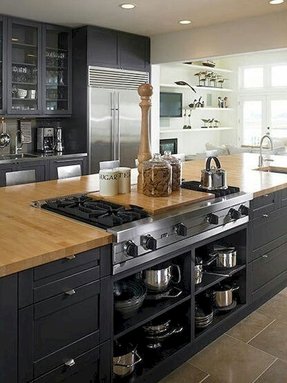
Design Considerations for Butcher Kitchen Islands
When designing a butcher kitchen island for your space, there are several factors to consider to ensure optimal functionality and aesthetics:
Size and Layout: Determine the size and layout of your kitchen island based on the available space and your specific needs. Consider factors such as traffic flow, clearance zones, and the relationship between the island and other kitchen elements such as countertops, appliances, and cabinetry.
Butcher Block Material: Choose the right butcher block material for your kitchen island based on your preferences and usage requirements. Common options include hardwoods such as maple, oak, walnut, and cherry, each offering unique aesthetics, durability, and maintenance needs.
Storage and Organization: Assess your storage needs and incorporate adequate storage solutions into the design of your butcher kitchen island. Consider including a mix of drawers, shelves, and cabinets to accommodate various kitchen essentials, utensils, and cookware.
Integration with Appliances: If you plan to incorporate appliances such as a sink, cooktop, or dishwasher into your kitchen island, carefully plan their placement and ensure proper ventilation, plumbing, and electrical connections to prevent functionality and safety issues.
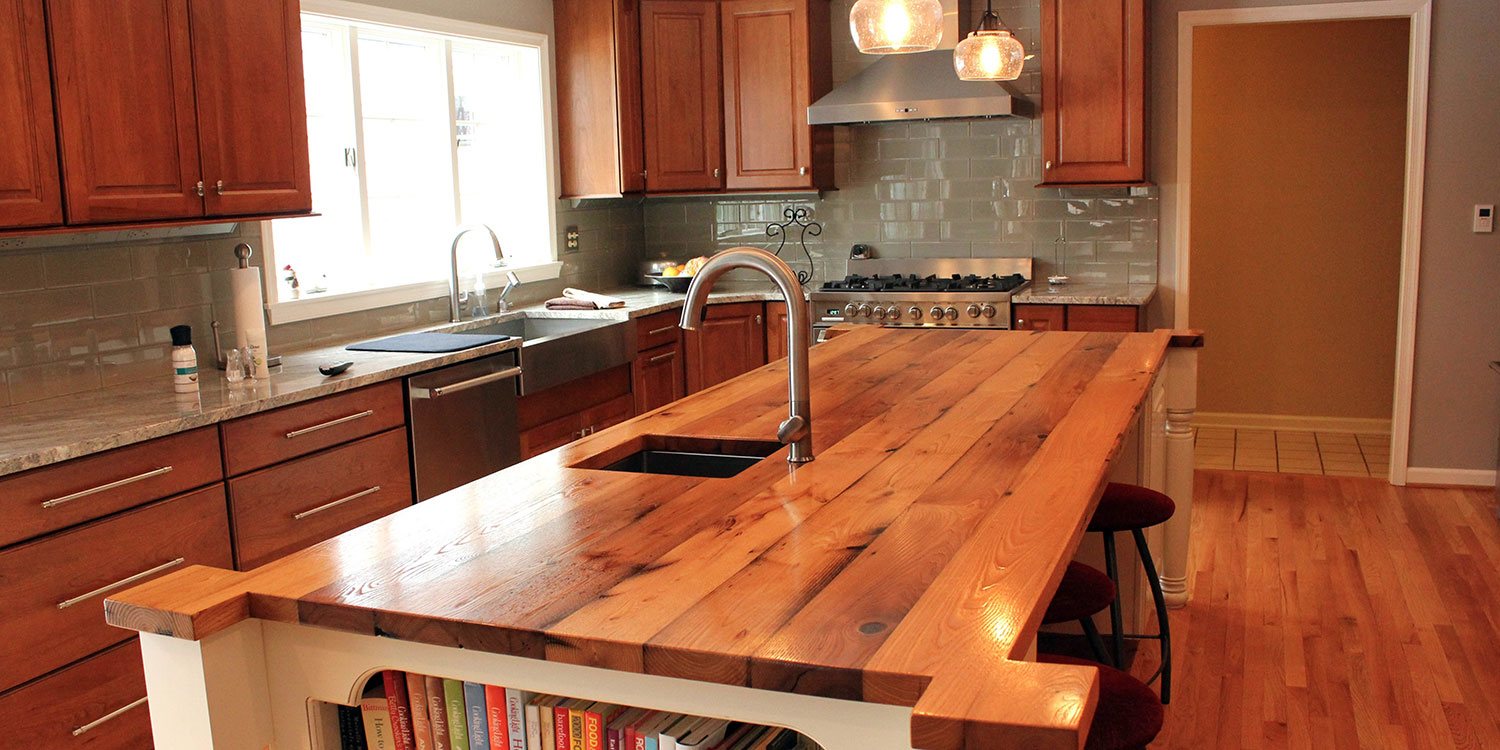
Maintenance Tips for Butcher Kitchen Islands
To keep your butcher kitchen island looking its best and functioning optimally, follow these maintenance tips:
Regular Cleaning: Clean the butcher block surface regularly with mild soap and warm water, using a sponge or soft cloth. Avoid harsh cleaners or abrasive sponges, as they can damage the wood finish.
Sealing and Conditioning: Apply a food-safe mineral oil or butcher block conditioner to the butcher block surface every few months to protect the wood and maintain its natural luster. Follow the manufacturer’s instructions for application and drying times.
Avoid Excess Moisture: Wipe up spills and moisture promptly to prevent water damage and warping of the wood. Use cutting boards or trivets to protect the butcher block surface from heat and moisture when placing hot pots, pans, or dishes.
Regular Inspection: Periodically inspect the butcher block surface for signs of wear, scratches, or stains. Sand down any rough spots or stains with fine-grit sandpaper, and reapply oil or conditioner as needed to restore the surface.
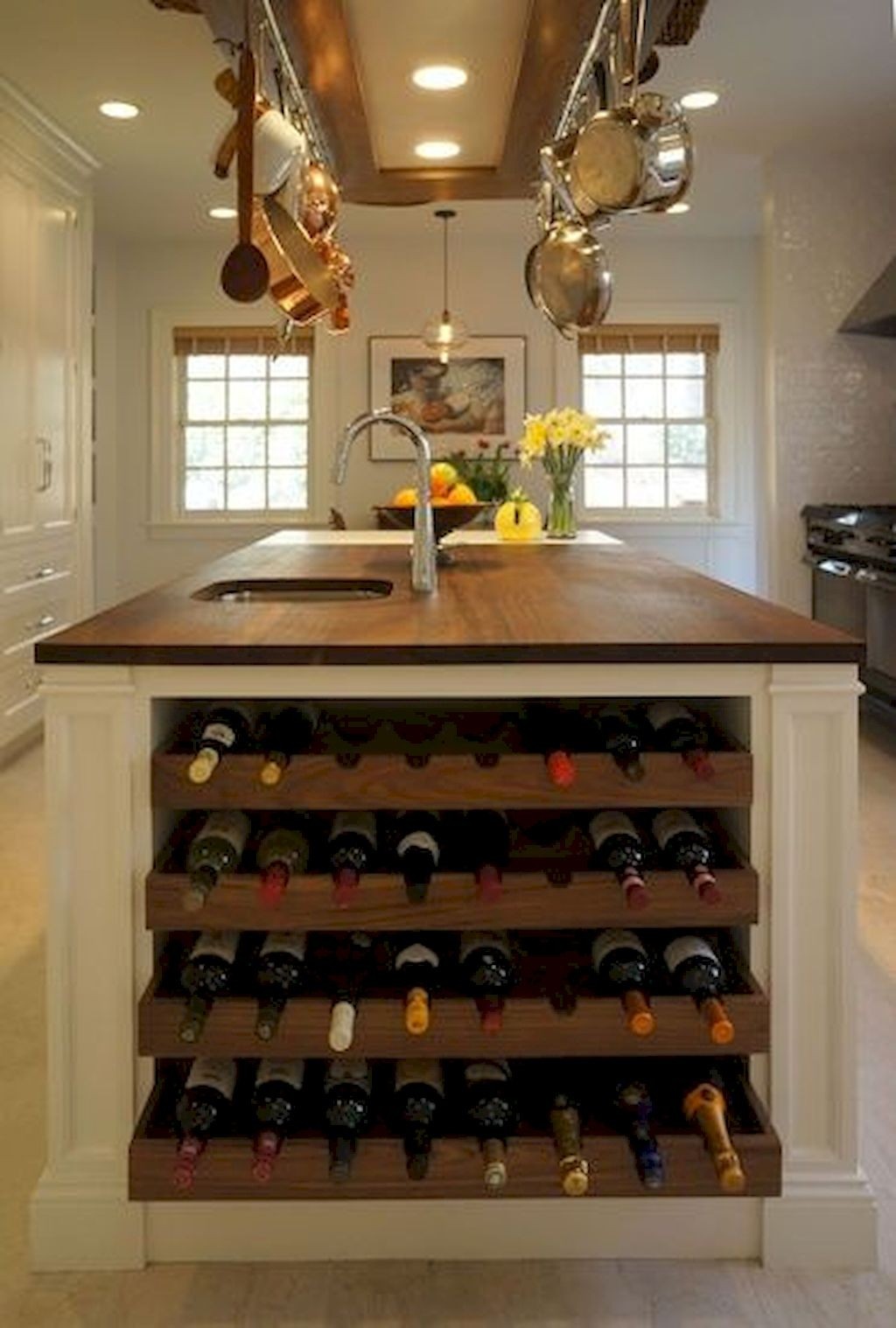
Common Mistakes to Avoid
When incorporating a butcher kitchen island into your kitchen design, avoid these common mistakes to ensure a successful and functional outcome:
Choosing the Wrong Size: Selecting a butcher kitchen island that is too large or too small for your space can disrupt the flow and functionality of your kitchen. Measure your space carefully and consider the proportions of your island to other kitchen elements.
Neglecting Storage Needs: Failing to consider your storage needs and incorporating adequate storage solutions into your butcher kitchen island can result in cluttered countertops and limited workspace. Assess your storage requirements and plan accordingly to maximize organization and efficiency.
Skipping Proper Maintenance: Neglecting regular cleaning and maintenance of your butcher kitchen island can lead to premature wear and damage to the wood surface. Establish a routine maintenance schedule and follow best practices for cleaning, sealing, and conditioning the butcher block surface.
Overlooking Ventilation and Safety: If you plan to install appliances such as a cooktop or grill in your butcher kitchen island, ensure proper ventilation and safety measures are in place to prevent fire hazards and maintain indoor air quality. Consult with a professional contractor or kitchen designer to ensure compliance with building codes and regulations.
Ignoring Personal Style Preferences: Selecting a butcher kitchen island solely based on functionality without considering your personal style preferences can result in a design mismatch and dissatisfaction with the overall look of your kitchen. Choose an island that reflects your aesthetic tastes and complements the existing decor of your home.

Can I use a butcher kitchen island as a dining table?
Yes, many butcher kitchen islands are designed with overhangs or extensions to accommodate seating for dining. However, consider the height and comfort of the seating options and ensure adequate legroom for diners.
What are the differences between butcher block and butcher board materials?
Butcher block typically consists of thick, solid wood pieces glued together, while butcher board is made from thinner wood strips or pieces laminated together. Both materials are suitable for kitchen islands but offer slightly different aesthetics and durability.
Can I customize the design of my butcher kitchen island?
Yes, many manufacturers offer customizable options for butcher kitchen islands, including choice of wood species, finishes, hardware, and storage configurations. Work with a kitchen designer or manufacturer to create a personalized island that meets your specific requirements and preferences.
Are butcher kitchen islands suitable for small kitchens?
Yes, butcher kitchen islands can be adapted to fit into smaller kitchen spaces by choosing a compact size and optimizing storage solutions. Consider a rolling or portable island that can be moved as needed to maximize flexibility in a small kitchen.
How do I know if a butcher kitchen island will complement my existing kitchen decor?
Consider the style, color palette, and materials used in your existing kitchen decor when selecting a butcher kitchen island. Choose an island that harmonizes with these elements while adding visual interest and functionality to the space.

36 x 24 stainless steel and oak kitchen island Etsy

Handmade Rustic Kitchen Island/Butchers Block Delivery charge
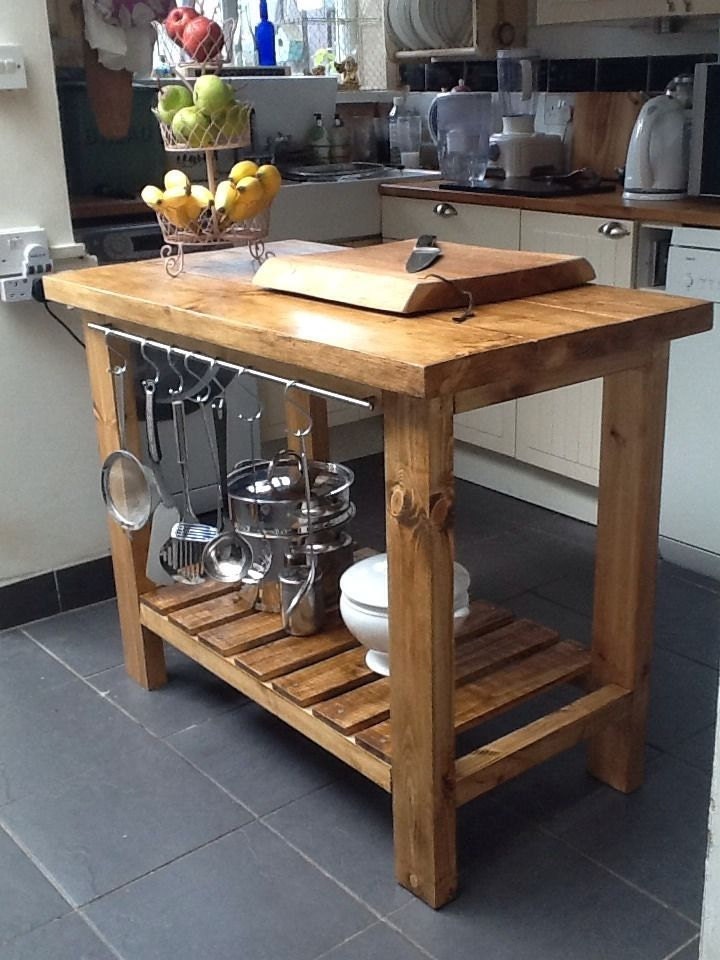
Small Kitchen Island Ideas That Inspire

Repurposed Kitchen Island w Butcher Block Top
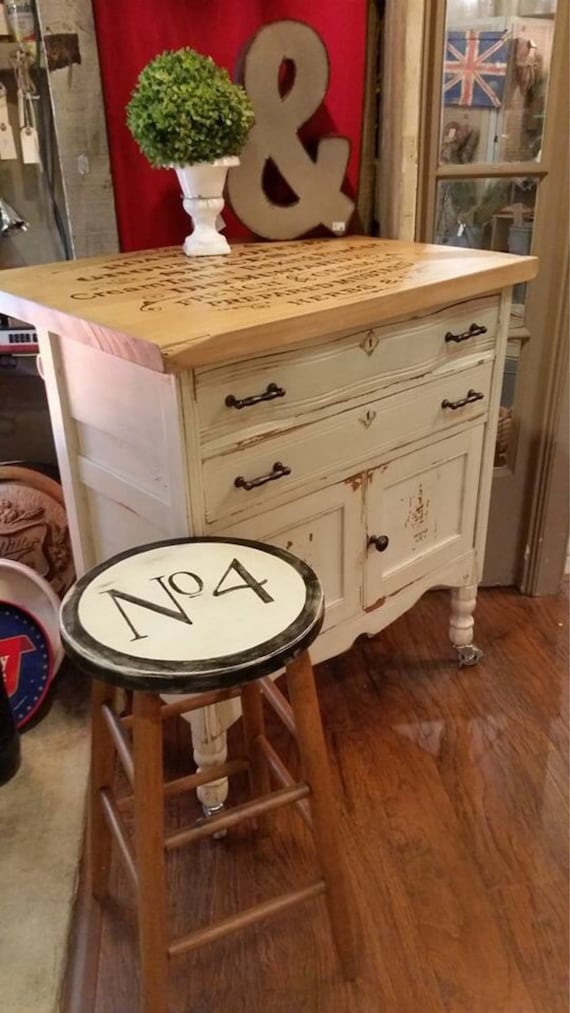
Butcher Kitchen Island

Butcher Block Kitchen Islands & Carts Wayfair
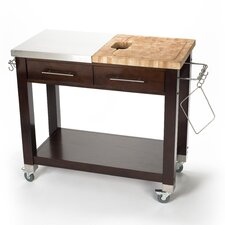
Black Walnut Butcher Block Counter Top / Island Top Etsy

Related Posts:
- Kitchen Island Extension Ideas
- Island Units For Small Kitchens
- Movable Kitchen Island Units
- Kitchen Island With Grill
- Hanging Shelf Over Kitchen Island
- How To Install Outlet In Kitchen Island
- Kitchen Center Island Dimensions
- Kitchen Island With Range Cooker
- Outdoor Kitchen Island Steel Frame Kit
- Flat Kitchen Island